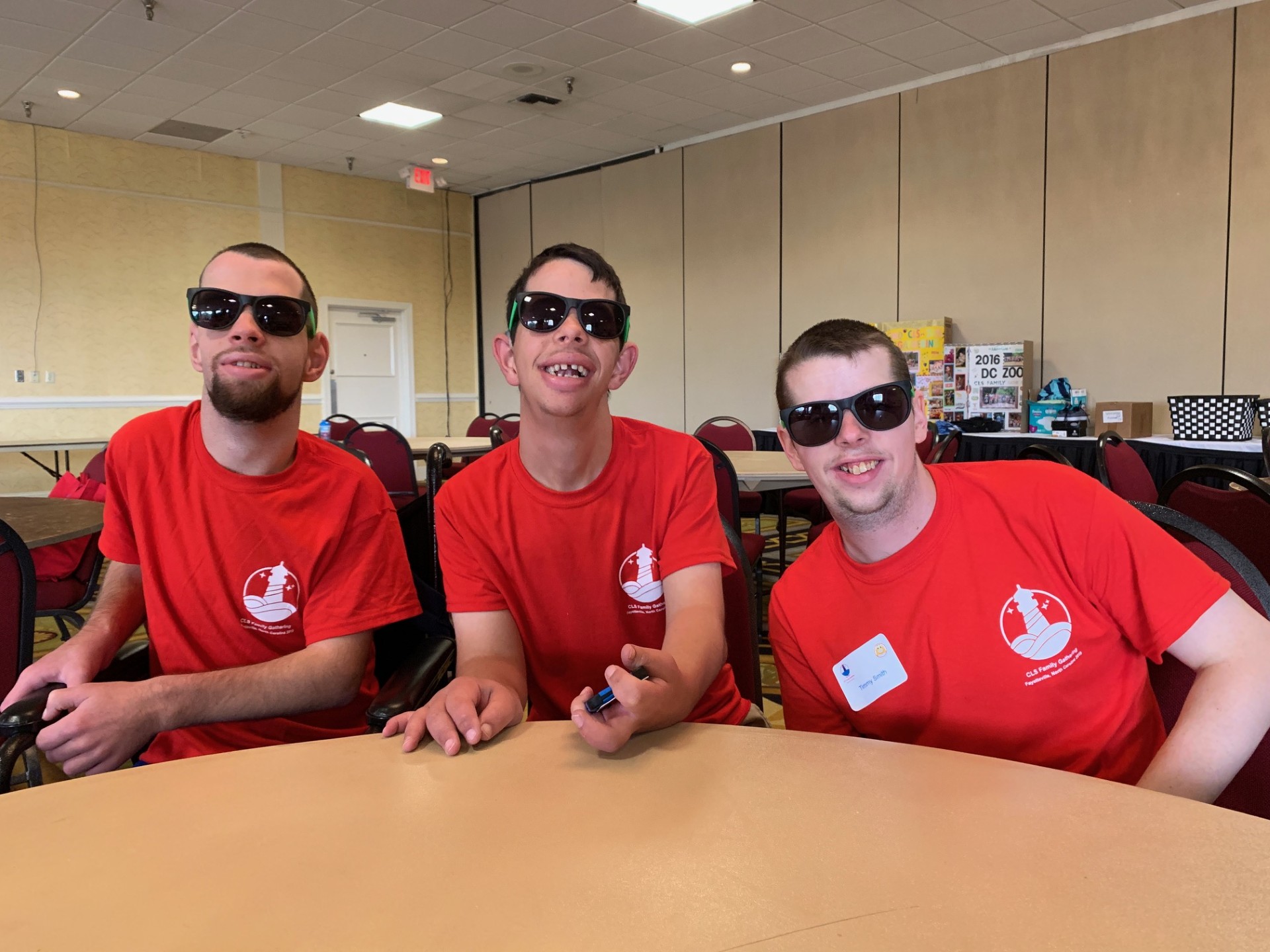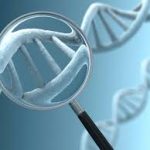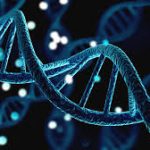What is Coffin-Lowry Syndrome?


Coffin-Lowry Syndrome is a condition that affects many parts of the body. The signs and symptoms are usually more severe in males than in females, although there is a great deal of variability in expression, especially in females. Males with Coffin-Lowry Syndrome typically have severe to profound intellectual disability and delayed development. Affected women may be cognitively normal, or they may have intellectual disability ranging from mild to profound. Beginning in childhood or adolescence, some people with this condition experience brief episodes of collapse when excited or startled by a loud noise. These attacks are called Stimulus-Induced Drop Episodes (SIDEs). Most affected males and some affected females have distinctive facial features including a prominent forehead, widely spaced and downward-slanting eyes, a short nose with a wide tip, and a wide mouth with full lips. These features become more pronounced with age. Soft hands with short, tapered fingers are also characteristic of Coffin-Lowry Syndrome. Additional features of this condition include short stature, an unusually small head (microcephaly), progressive abnormal curvature of the spine (kyphoscoliosis), and other skeletal abnormalities. [1]
Understanding Coffin-Lowry Syndrome: Genetic Causes and Clinical Features
Coffin-Lowry Syndrome (CLS) is a rare genetic disorder that affects multiple aspects of an individual’s development and health. Named after the physicians who first described it, Dr. William Coffin and Dr. Robert Lowry, this syndrome is characterized by distinct facial features, intellectual disability, and skeletal abnormalities. Let us delve into the nuances of this intriguing condition, exploring its genetic causes, clinical manifestations, and potential management strategies.
Genetic Basis
X-Linked Dominant Inheritance: CLS follows an X-linked dominant inheritance pattern, which means that the mutated gene responsible for the syndrome is located on the X chromosome. Since males have only one X chromosome (inherited from their mother), a single copy of the mutated gene is sufficient to cause the disorder. In females, who have two X chromosomes, the presence of the mutation on one X chromosome leads to varying degrees of severity.
The RPS6KA3 Gene: The primary culprit behind CLS is the RPS6KA3 gene, located on the X chromosome. This gene encodes a protein called ribosomal S6 kinase 2 (RSK2). Mutations in RPS6KA3 result in abnormal protein function, disrupting critical cellular processes. [2], [3]
Clinical Features
Facial Characteristics: Individuals with CLS often exhibit distinctive facial features, including a prominent forehead, downward-slanting eyes, a wide nasal bridge, and thick eyebrows. The jaw may be underdeveloped, leading to a characteristic “coarse” appearance.
Intellectual Disability: Intellectual disability is a hallmark of CLS. The severity varies, but most affected individuals have mild to moderate cognitive impairment. Challenges in learning, language development, and adaptive skills are common.
Skeletal Abnormalities: Skeletal anomalies include short stature, joint laxity, and abnormalities of the hands and feet. The fingers may be short and stubby, with tapering fingertips. Some individuals have scoliosis or other spinal deformities.
Delayed Milestones: Children with CLS typically achieve developmental milestones (such as sitting, walking, and talking) later than their peers.
Seizures: Epileptic seizures occur in approximately 5% of patients with CLS. These seizures can vary in type and severity. Stimulus-Induced Drop Episodes are reported as occurring in 20% of patients with CLS.
Behavioral Challenges: Behavioral issues, such as hyperactivity, impulsivity, and social difficulties, are common. Some individuals may exhibit self-injurious behaviors. [3]
Diagnosis and Differential Diagnosis
Clinical Evaluation: Diagnosis involves a thorough clinical assessment, including physical examination, family history, and evaluation of developmental milestones.
Genetic Testing: Molecular genetic testing can identify mutations in the RPS6KA3 gene. However, not all mutations are detectable using current methods. [3]
Management and Support
Multidisciplinary Approach: A team of specialists, including geneticists, pediatricians, neurologists, and therapists, collaborates to provide comprehensive care.
Early intervention: Early intervention services (speech therapy, occupational therapy, etc.) can enhance developmental outcomes.
– Seizure Management: Antiepileptic medications are used to control seizures.
– Educational Support: Tailored educational programs and individualized learning strategies are crucial.
– Psychosocial Support: Families benefit from counseling and support groups. [3]
In summary, Coffin-Lowry Syndrome is a complex interplay of genetics, clinical features, and supportive interventions. By understanding its intricacies, we can better advocate for affected individuals and promote their well-being. Remember that each person with CLS has a unique journey, and compassionate care plays a pivotal role in enhancing their quality of life.

Options
Episode 47 – Coffin Lowry Syndrome Foundation
This is CoRDS Cast, a rare disease podcast created by the team at Sanford Research. Our rare disease registry, CoRDS, connects patients and researchers everywhere. Here, you’ll hear an interview with Theresa Moxley, President of the Coffin-Lowry Syndrome (CLS) Foundation. Theresa sits down with Sanford Research personnel and discusses CLS to include the role the Foundation plays in assisting families. She also discusses the importance of families with CLS to register with CoRDS. In this podcast, Theresa helps to raise awareness of CLS one of 7,000 rare conditions. Rare conditions affect 1 in 10 people worldwide.
References
[1] https://medlineplus.gov/genetics/condition/coffin-lowry-syndrome/#references
[2] Coffin-Lowry Syndrome author, Dr. Andre Hanauer Sept 2001 OrphaNet
[3] RPS6KA3-Related Intellectual Disability – PubMed (nih.gov) Rogers RC, Abidi FE, 2002 Jul 16. Updated Mar 2023.




